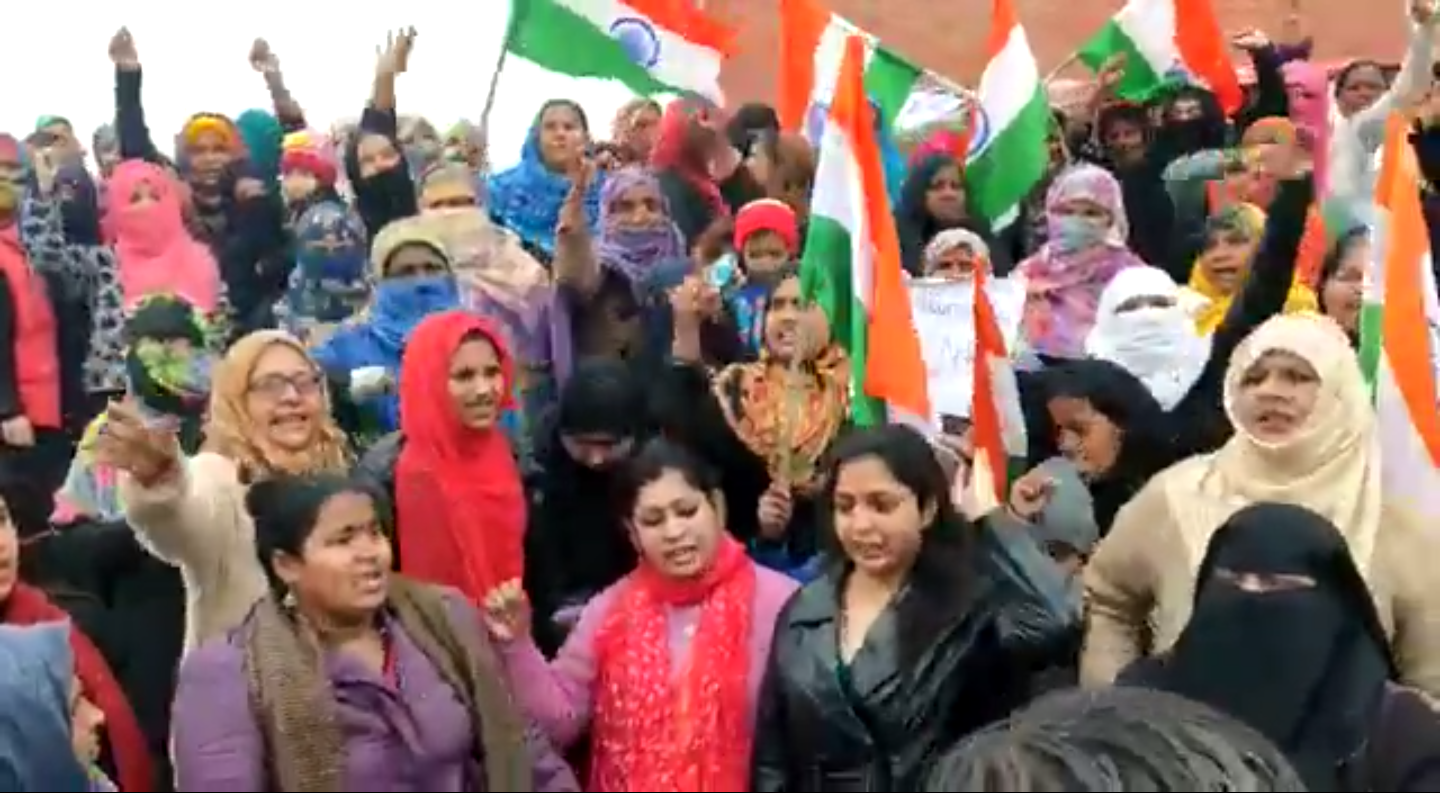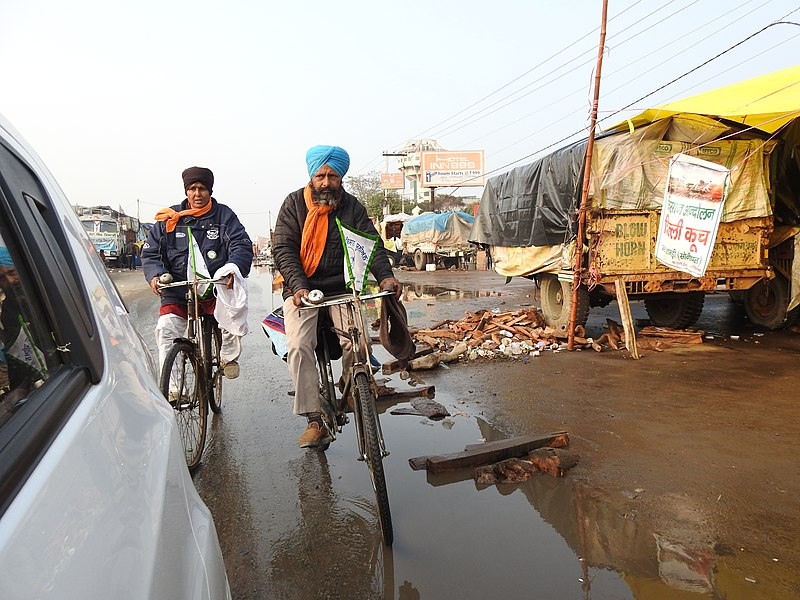India has one of the world’s largest internet user base and also has the maximum number of internet shutdowns. In 2018, India recorded 134 shutdowns which is the highest the country has seen yet. The article delineates the implications of Internet shut-down—while looking at specific cases of Kashmir, CAA-NRC, and Farm Bill Protests—and the legal procedures associated with the same.
The internet shutdown imposed in Kashmir on 4th August 2019, when Article 370 of the Constitution was abrogated by the Parliament of India recorded the longest shutdown in India. In the initial days, landline and mobile services were restricted as well. While the ban on landline and mobiles was lifted soon, 2G services were restored for “verified users” on 25th January 2020. Only whitelisted websites could be accessed and social media remained prohibited. A new order was passed on 4th of March 2020, by the administration of J&K, according to which the whitelist was removed but internet could only be accessed using 2G on verified SIM's. As Kashmir is still languishing without high-speed internet, at least 7 million have been affected due to the shutdown.

In December, 2019, during the notable protests against the Citizenship Amendment Act, the authorities in the states of Assam, Meghalaya and Tripura severed internet connection as they supposedly cited a threat of violence and false rumors. Parts of West Bengal and Uttar Pradesh were also under a digital lockdown. Internet shutdowns come with a great cost. Every time the central or state government decides to cut the internet, a large number of students, businesses, travelers, online journalists and influencers are affected resulting in a huge monetary loss. According to a report by TopVPN, India has lost nearly $2.7 billion due to all the 83 internet shutdowns in 2020 alone. This loss is greater than the combined loss of the next 10 countries in the list. The report also revealed that India also stayed offline for longer than any other country, at 8,927 hours last year. The largest contributor to this figure is the 213-day shutdown in Kashmir.
The Kashmir Chamber of Commerce reported that the cumulative loss due to the internet shutdown and restriction in the region was $5.3 billion. The authorities say that these shutdowns are simply to stop the spread of dangerous misinformation which they believe moves faster in social media like Facebook and messaging apps like WhatsApp. However, the internet shutdowns are usually enforced after a piece of misinformation has been spread widely. In 2018, 33 of the shutdowns were justified by the government claiming that they wanted to curb dis/misinformation. The problem is that, when you cut people off from being able to access information, the only access they have is to previous misinformation. In fact, cutting off the internet can turn a previously predictable situation into a highly volatile one. A study conducted by Stanford suggested that mass mobilization in India can occur even in the absence of social media and digital platforms. Another report published by Stanford stated, “Rumours and disinformation continue to spread with or without access to digital communication networks, whose primary role is that of accelerators of information diffusion.” In addition to this, the study found that internet shutdowns force protesters to substitute non-violent tactics for violent ones which are less reliant on effective communication and coordination. In April 2019, Sri Lankan government shutdown all social media platforms as a result of the Easter Suicide Bombings. The IFCN (International Fact-Checking Network) reported that fake news was rampant despite the shutdown. IFCN also noticed an increase in false reports on Facebook from that area. However, the above mentioned facts did not have the potential to stop India from once again disregarding the negative implications of Internet shut-down. India continues to be indifferent.

The ongoing farmers’ protest in India against the three farm bills (now acts) passed in the parliament turned violent on 26th of January. A group of the protesting farmers who were on a tractor rally, deviated from their route and entered the Red Fort. The Union Ministry of Home Affairs temporarily suspended internet in Singhu border, Ghazipur border, Tikri border, Mukarba Chowk and Nangloi for 24 hours. On 29th of January, the State government of Haryana ordered telecom operators to shut down all mobile internet services, all SMS services, and all dongle services in 17 of the 22 districts of the state until 5 pm on January 30, 2020.
The shutdown was based on the grounds of preventing protestors from mobilising through social media and to constrain the plague of disinformation, which was spread due to the tensions at farmer camps between unidentified miscreants, farmers and later the police. But there was a lack of media coverage of the police violence while they highlighted the protestors’ response to it, essentially disseminating biased disinformation which they ‘intended’ to curb with an internet shutdown.
The Indian Telegraph Act, 1885 permits the government to block internet access in case of a public emergency. After 2017, Temporary Suspension of Telecom Services (Public Emergency or Public Safety) Rules was deployed in cases of internet shutdowns. The Rule 2(1) describes the protocol and powers for the ‘competent authority’ to issue a direction for the suspension of Internet. The ‘competent authority’ here refers to the Home Secretary of the Union government or the State government. If obtaining prior directions from either of these authorities is not feasible, the order may be issued by an officer, not below the rank of a Joint Secretary to the Government of India. This officer should be duly authorized by the competent authority to issue suspension order and must receive confirmation from the competent authority within 24 hours of issuing such order. In January 2020, the Supreme Court directed that in addition to the Telecom suspension rules, all internet shutdowns must be made public and the orders must be a committee must review all internet shutdown orders once every seven working days to ensure if it is in accordance with the Telecom suspension rules. In November 2020, a new rule was introduced stating that a single order cannot authorize a shutdown for a period exceeding 15 days. Despite several regulations, the Internet Freedom foundation found out that there is low compliance by state governments. Even in 2019, in multiple cities, including the national capital, the suspension orders were issued by the State Police. The New York times reported there were instances where local authorities of India ordered the shutdown with just a few phone calls to the local service providers.
In addition to repression of dissent, telecom shutdowns also have an impact on healthcare services, doctors and ambulances especially in the cases of violence when they certainly have a harder time communicating with people on the ground hence creating a vacuum of information.
Arbitrarily shutting down the internet is a fundamental right violation. The frequencies of internet shutdowns in India are highly alarming. Besides, it is ironic that in 2020, the government announced its plan to bring high-speed fibre-optic based broadband to all Indian villages in the next three years. While it is most certainly beneficial to those living in these villages and to those wanting to spread propaganda, all the effort would be insignificant if the nation continues to shut down the internet at this rate of recurrence.


